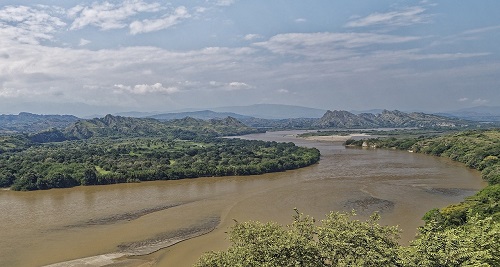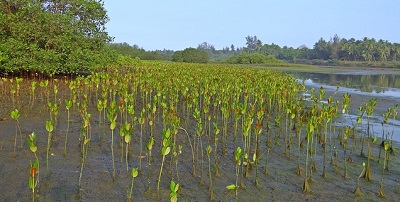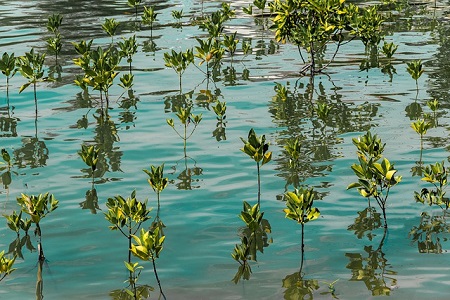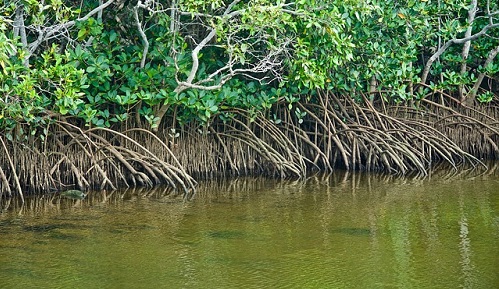News
Stories making wavesWorld Environment Day – Friday 5th June 2020
'Celebrating Biodiversity' with a pioneering BiodiverCITY - Barranquilla in Colombia


This year, the UN's World Environment Day calls for urgent action to celebrate and protect biodiversity and what better example to bring the message home than a pioneering 'biodivercity' project in Colombia, this year's host nation?
One of the most biodiverse countries in the world, rich in ecosystems from the mountains of the Andes to the forests of the Amazon, the coasts of the Caribbean Sea and the Pacific Oceans to the plains of Orinoquia, Colombia's cities are often surrounded by paramos, wetlands, tropical forests, grasslands or mangroves. But with each city worldwide generating sewage, waste and air pollution, conserving biodiversity is critical as they expand. Barranquilla, the largest on the Colombian Caribbean coast, lying 15 miles upstream of the Magdalena river, set themselves an urban challenge in response to a call by their government to put nature at the centre of the country's development model. They are looking to become Colombia's first 'biodivercity' - an urban area fully integrated with its local biodiversity.
Currently accountable for 27% of Columbia's coastal GDP, urban expansion, shipping and wastewater dumping has had a huge impact on biodiversity in the Magdalena river delta, degrading habitats for fish and caiman. Pollution, logging and sedimentation have also affected the swamp's ability to sequester carbon and provide food and sources of income to local fishing communities. However, despite it's degradation the swamp still conserves 4 species of mangrove (including the threatened red mangrove), 81 species of birds, 15 species of marine invertebrates, 9 species of fish and 7 species of reptiles.


The biodiversity project includes sanitation works on the Magdalena river, restoration of the Mallorquin swamp in the estuary of the river and the development of bird-watching trails. More than 5 km of walkways have been built along the river and additional infrastructure projects are planned to bring residents closer to the river delta, the Caribbean Sea and the area's teeming biodiversity. Barranquilla will also facilitate visitor access to the Via Parque Isla Salamanca, a protected mangrove are of more than 500km (193 square miles) which is an important resting place for migratory birds.
"We would like to encourage a behavioral change, so citizens better value our amazing natural resources," said Ricardo Lozano, Minister or Environment and Sustainable Development of Colombia. "People must be told, for example, that trees, including mangroves, can protect us from the consequences of droughts or floods, that they guarantee us sustainability and we must take care of them."
The United Nations estimates that, by 2050, 6.7 billion people will live in cities - close to 70% of the planet's inhabitants. At a time when UK businesses are being urged to 'redesign' their relationship with nature, we need to respond crucially to the advice of the Leo Heileman, regional director of the UN Environment Program (UNEP) in Latin America and the Caribbean:-
"Our health is tied to the health of nature. We are losing species faster than at any other time in history and we have already altered three quarters of the planet's land surface. Integrating biodiversity into the development of cities is an urgent measure."
**********************************************************************************************************
Footnote:
It was announced today that the UK is injecting £64m of funding into Colombian tropical rainforests to tackle deforestation. Alok Sharma, the UK Secretary of State for Business, Energy and Industrial Strategy and the President of COP 26 said "We all have a duty to work together to protect our planet's precious biodiversity. Our work with the Colombian government will help stop deforestation in the Amazon and across the country, protect precious ecosystems, and support sustainable, rural livelihoods for communities that depend on the forest."